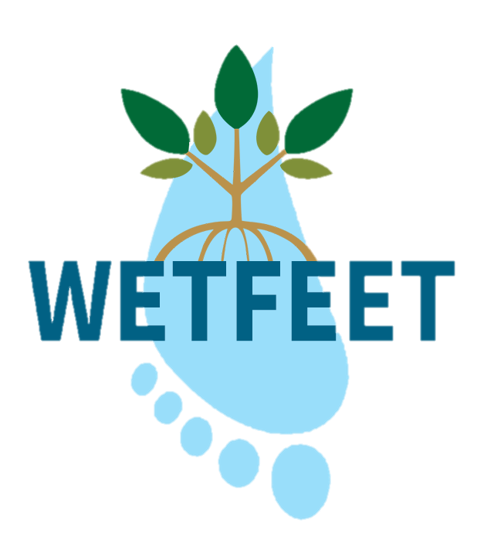The WETFEET Project
The WETFEET project features a team of interdisciplinary scientists, land managers and environmental educators working together to understand how the co-mingled stressors of sea level rise, warming, and nutrient additions shape mangroves and marshes. We deploy manipulative experiments in the coastal wetlands of the GTMNERR, a beautiful land preserve in Northeast Florida where mangroves increasingly co-occur with salt marsh plants. Our open top warming chambers, fertilization regimes, and elevational planting manipulations allow us investigate plant root growth and ecosystem carbon and nutrient retention with the goal of understanding how plants build elevation and sustain their position in the face of rising seas. Students, scientists, and colleagues from over ten institutions use our experimental infrastructure to ask important questions about the organisms that inhabit these dynamic ecotones. As a collaborative group who value diversity, creativity, and muddy days we aim to help conserve and restore these special places which inspire us.
Check out our Publications page to read about the key findings from The WETFEET Project thus far.
Nutrient eutrophication
How does excess nitrogen in coastal waters impact wetland resilience to sea level rise?
Fertilization Experiments
The next phase of the WETFEET Project focuses on the impact of nitrogen fertilization on creekside and interior marshes and mangroves.



